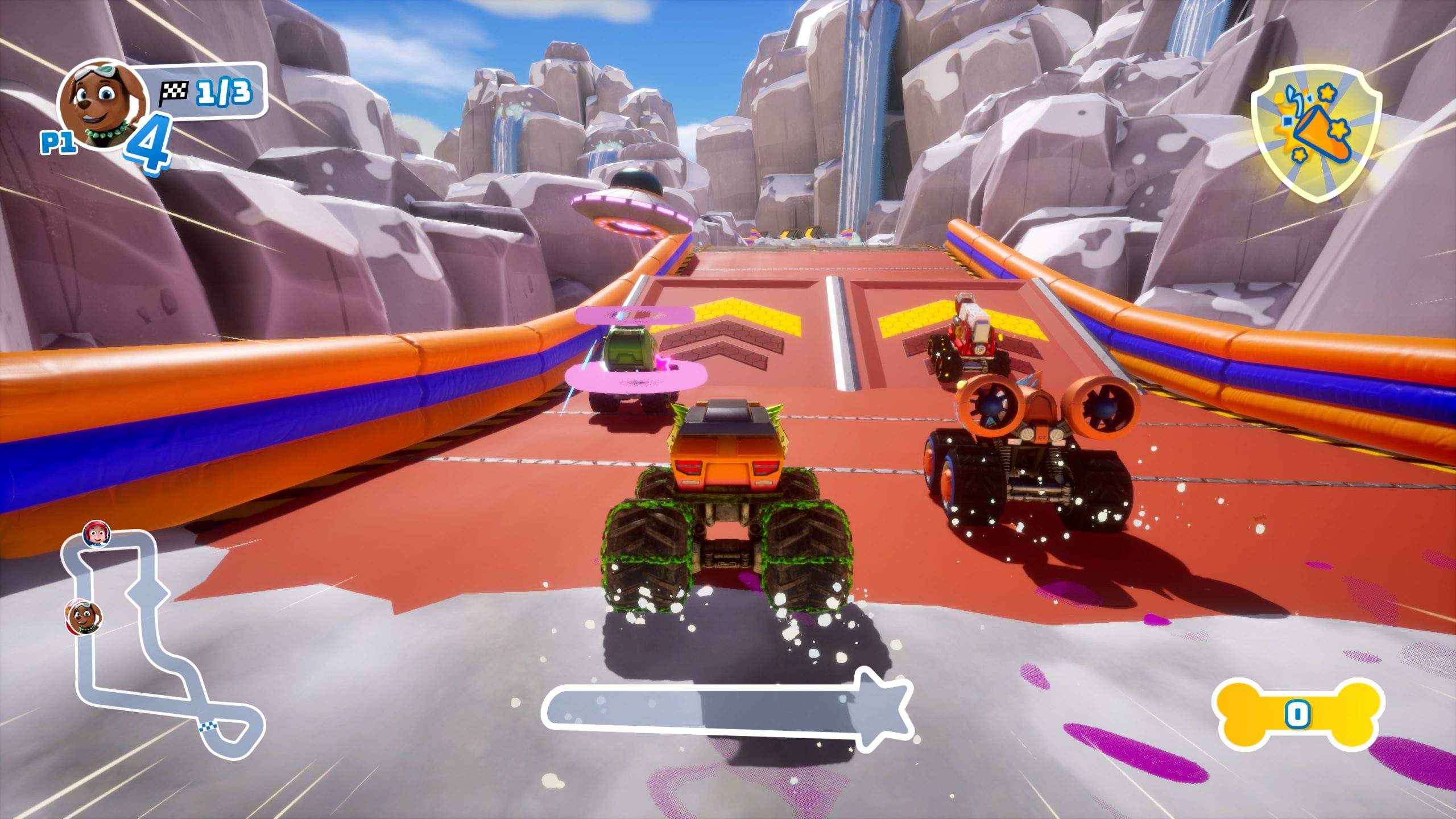This is, without any trace of exaggeration, about the eleventy millionth KEMCO game that I have been fortunate enough to review over the last few years.
I’m sure it’s not something that crosses your mind whenever you read a review, but quite often the start, the introduction to the game review, is the hardest part to write. Do we try and fill it with jokes, do we go all serious, or in the case of this opening paragraph, do we twitter on in the hope that you won’t close the page in disgust?
Well, hopefully you are still with me, as the subject of this review is yet another retro styled JRPG from KEMCO, this time called Grace of Letoile. Is there anything new here, or should I refer you to any of the other KEMCO reviews I have written? Well, the only way to find out is to read on…

Story is our first port of call, and here the games from KEMCO are traditionally pretty strong. And so it proves with Grace of Letoile, as we are thrust into a world where wish fulfilment is able to justify almost any deed.
In the beginning, six automata called Letoiles were constructed, and the idea of their existence is to find a partner, a Maschelle. From there, they fight to the death until there is only one left. Just to add a little spice, the Letoiles have the ability to control time, and can go forward, back, or even create “loop worlds”. We play as Vedley, a young man who loses his parents after wandering off to find a demon. He is saved, but his parents die, and since then he had dreamed of being able to go back in time and correct his mistake. A strange man tells him where to find a Letoile, and the rest of the story kicks off from there. It is surprisingly mature too, showing almost the course of grief in someone’s life as Vedley comes to terms with his loss through forging new friendships.
Set-up is all good, but the presentation is a bit more problematic, as there is literally nothing here that we haven’t seen dozens of times before. Yes, Grace of Letoile is another retro styled JRPG, with anime style characters, an overworld map and dungeons to find, and more of the tropes that we have become incredibly familiar with over the course of KEMCO’s game design career. Even the battle screen is very traditional, with our team at the left and the enemies at the right. The cutscenes are text only, presented with a picture of the speaker, and even the creatures we fight are the same all the way through the game, just with different colour palettes applied.
So what about the sound? There is some, with some nice tunes and the usual battle sounds all present and correct. I guess what I’m trying to say is that if you have played a KEMCO game before, you’ll be right at home here. Nothing to shock you!

But let us see if the developers have managed to shoehorn anything new into the actual gameplay, shall we? Well, the news here is a little better, as there are a couple of new mechanics to get to grips with, so hold tight.
The first mechanic is a large clock face in the bottom left of the screen, called the Chronos Gauge. By using skills that match the numbers on the gauge (think of it as a clock, and it becomes easier to visualise) the level of the Chronos Gauge rises. It can get to a maximum of 200%, and once it is charged, the heroes in our party gain access to powerful new attacks. Once they are used, the charge is depleted and must be built up again. Saving the uses of these attacks until a boss is found is a very good tactic, and this will help you defeat the enemies with ease. Looking at the skills you can use and seeing what number the Chronos Gauge wants, changing your attacks accordingly, soon becomes second nature.
This gauge ties into another new mechanic – the skill plate that each character has. You see, in order to get new abilities to use in battle, skill gems have to be located, either in chests or bought from shops. These gems are then slotted into the skill plate, and this will let new attacks and spells be learned. Having multiple copies of the same gem makes the attack or spell stronger, but this limits the flexibility in fighting. Since there are creatures in the world who resist one or other of the elements you can use, having options is always good. Each slot on the skill plate has a number, and these correspond to the numbers on the Chronos Gauge, the plates rotated to change the numbers. It is a pretty cool system, all things considered.
One bad thing here though – you cannot fully unlock the skill plate without spending LTP (Letoile Points, earned by winning fights) in the in-game shop to buy unlock keys. The shop also has items that you need to buy to unlock access to a couple of dungeons, as if you don’t have them, you’ll never find them. I don’t like being locked out of content if I’m honest, and while these aren’t microtransactions in the traditional sense, they certainly have that feel to them.

Other issues? Well, the sheer amount of random encounters in Grace of Letoile is suffocating, and there is no way to turn them down like there has been in previous games. I was wandering around Zarmok Castle, late in the game, and as it is a bit of a maze, I ended up having fight after fight before I found where I was meant to be. This gets old, very quickly, and the speed of the fights is also an issue – even with the action speed turned up, it still takes a long while to complete every encounter. I have taken to setting up the auto attacks and just letting the CPU fight, only stepping in when the party is getting battered. It’s not the most involving combat system, I have to say.
All in all, Grace of Letoile is very much another KEMCO RPG. There isn’t anything ground-breaking here, but the story is better than most. It is just a shame that things are hidden away, there are too many random encounters and the slow combat means that the excitement of the narrative is somewhat diluted. If you’re familiar with what KEMCO deliver, Grace of Letoile is not one of the better examples of the breed, I’m afraid.





